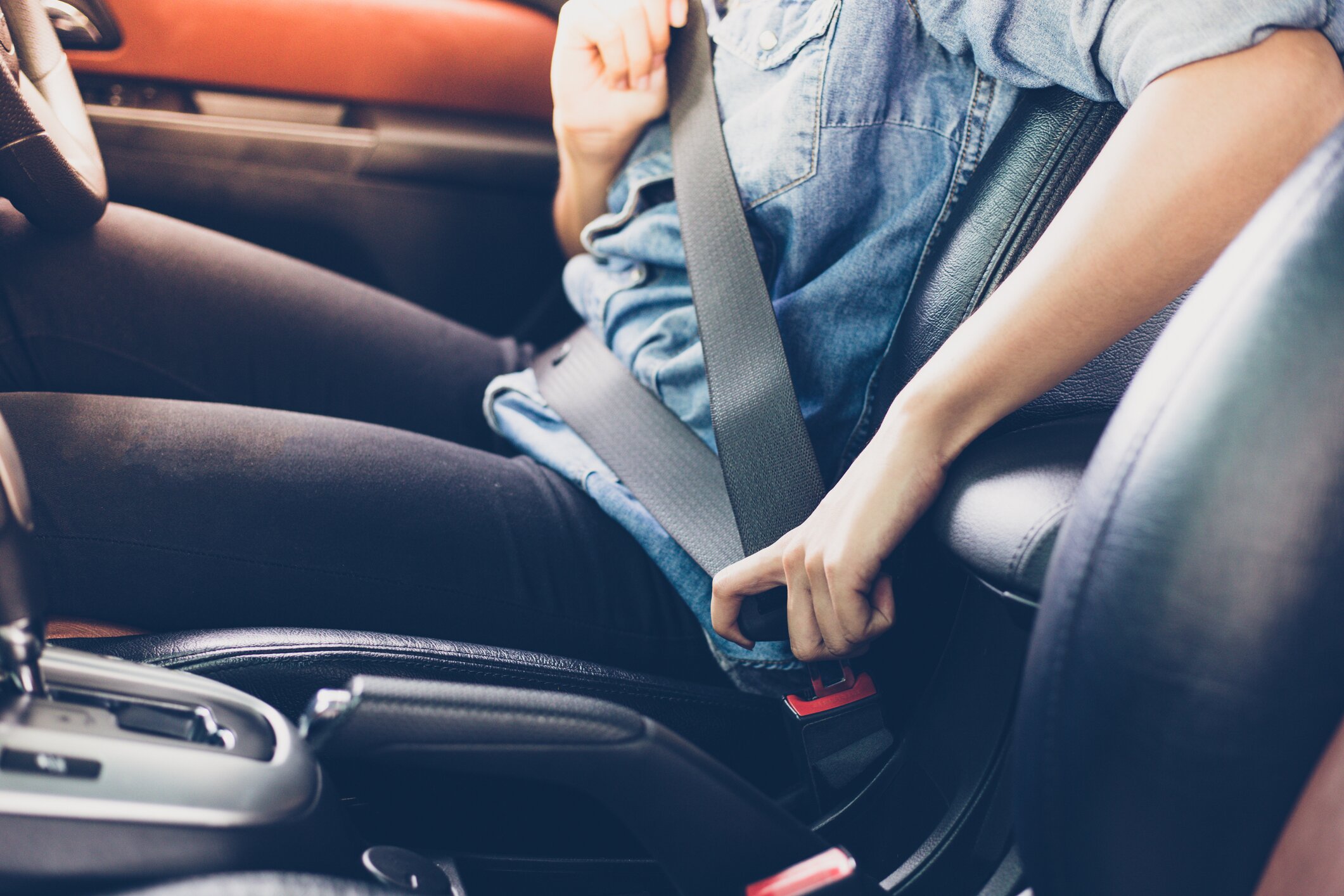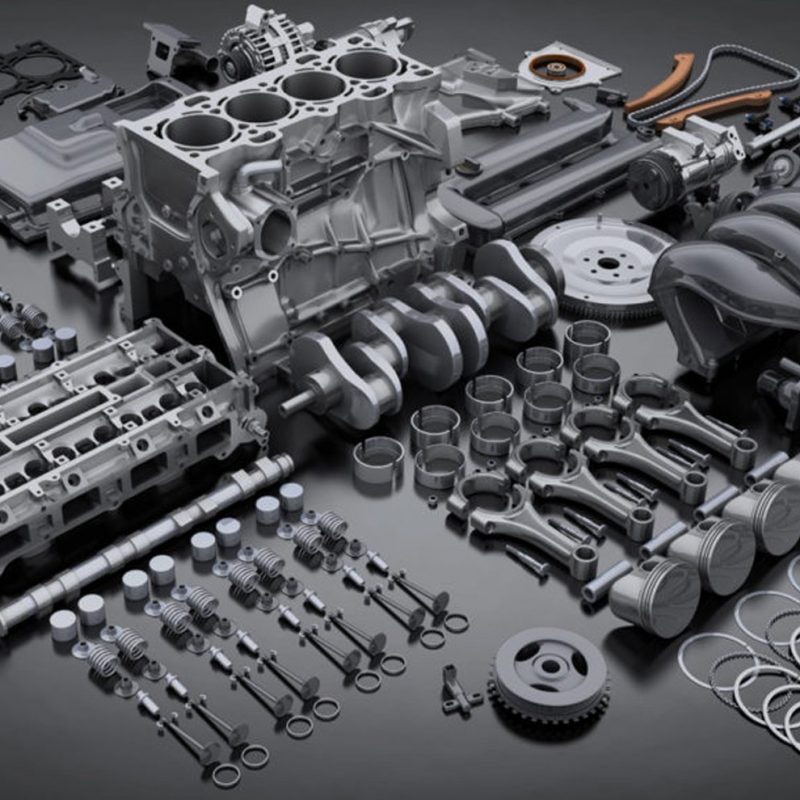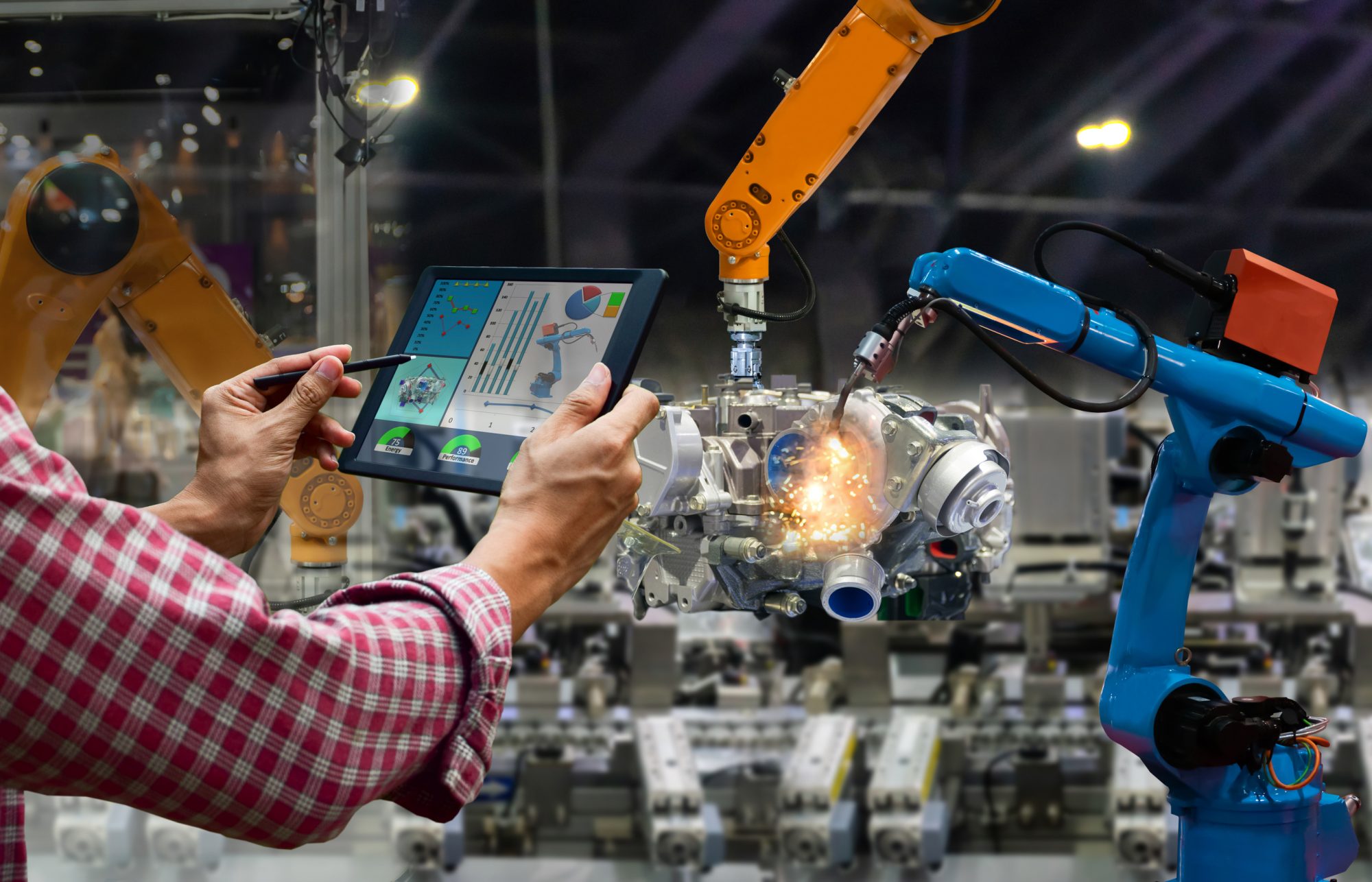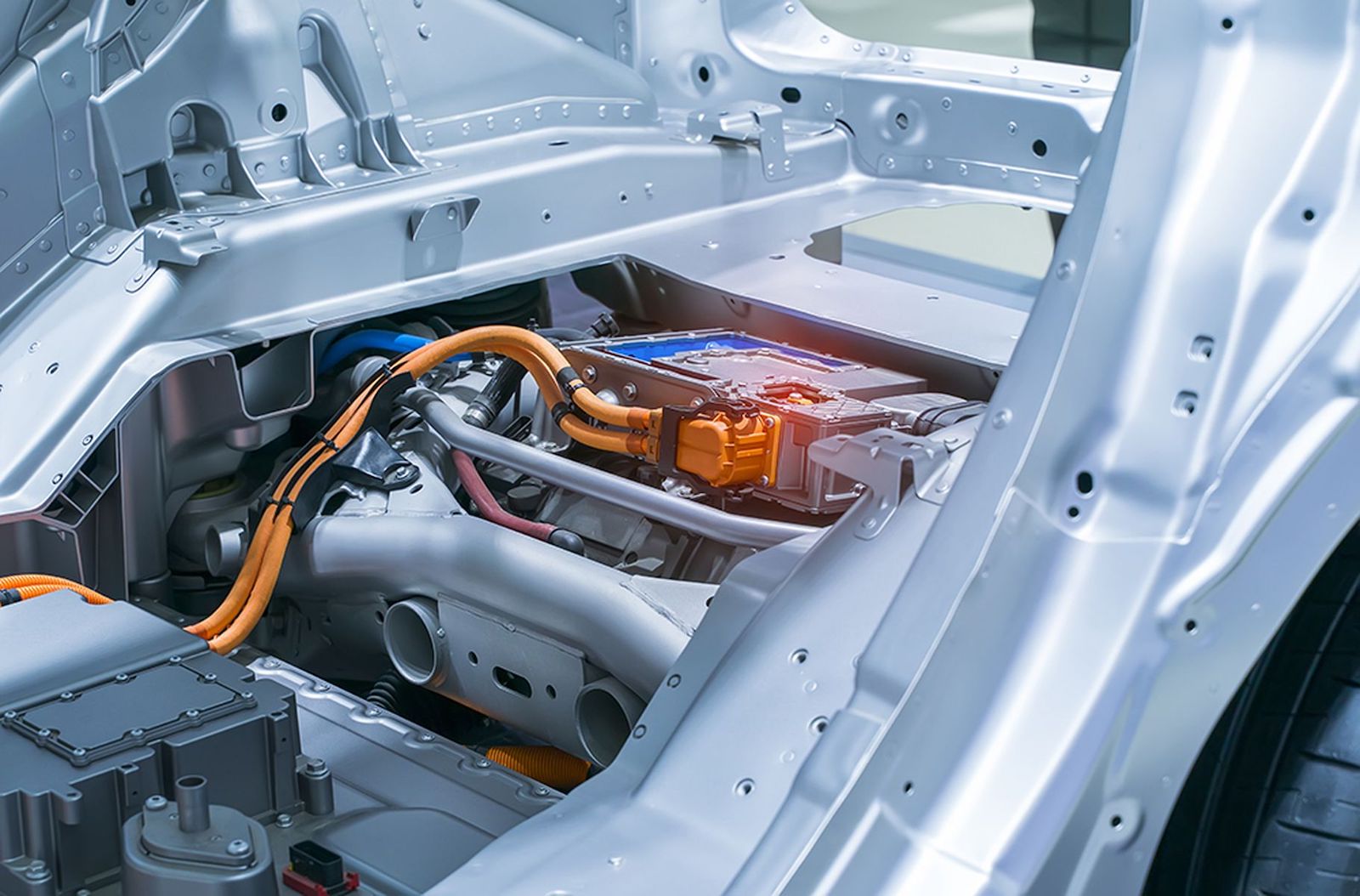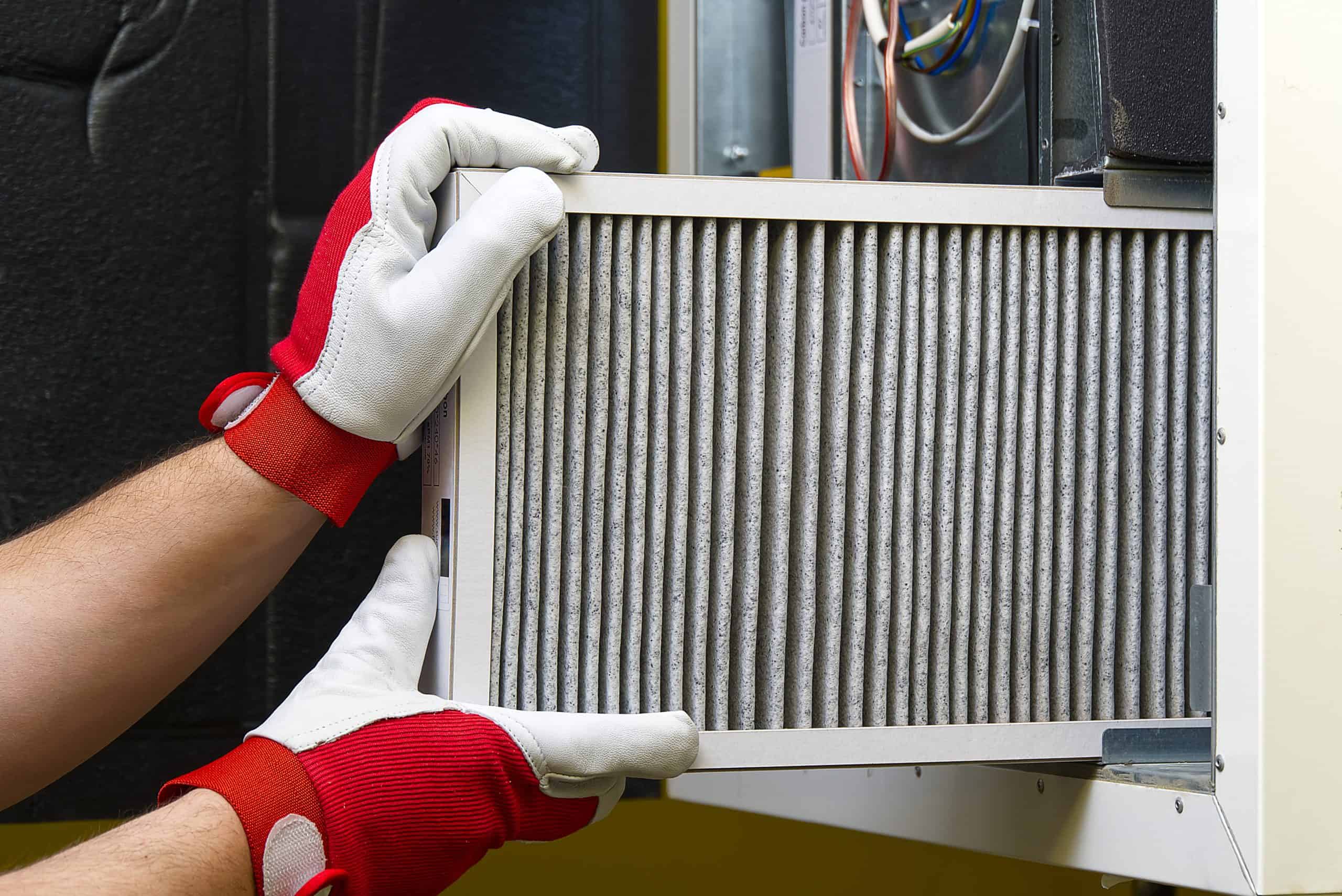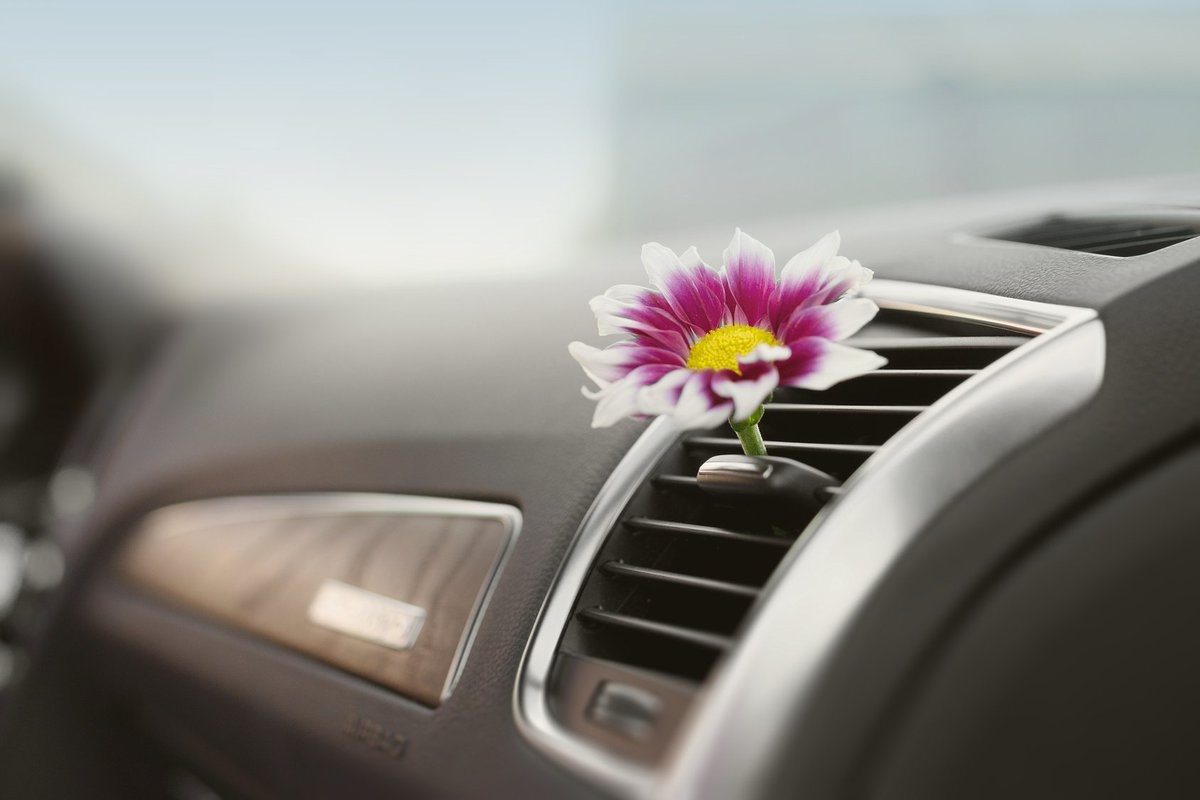The Importance of Proper Hardware Maintenance in Vehicle Safety
The Importance of Proper Hardware Maintenance in Vehicle Safety
What is vehicle safety and why is proper hardware maintenance important?
Vehicle safety is an important part of maintaining your vehicle’s performance and safety. Proper hardware maintenance is essential for keeping your car in good condition and ensuring it runs efficiently and safely. Regular maintenance, such as regularly checking the lights, mirrors, tires, and oil, helps to keep your vehicle running smoothly and safely. Maintaining the lights, windshields, and wipers of your vehicle are important for providing a clear and safe view of the road. Mirrors should be adjusted to provide a clear view of the surrounding area. Tires are important for providing traction and stability, and should be checked for proper inflation and wheel alignment. Oil should be checked regularly and changed when necessary to ensure optimal performance. Finally, it is important to have a checklist to review and inspect your vehicle regularly to catch any potential issues early.
Types of Vehicle Maintenance: Overview of the different types of maintenance that need to be done.
Vehicle maintenance includes a range of services that should be performed regularly to keep your vehicle running optimally. These services can be divided into three main categories: interim, full, and major services. Interim services are smaller-scale maintenance services that are usually performed every 6 months or 6,000 miles. These services typically include an oil and filter change, serpentine belt inspection, wiper blade inspection, and tire pressure checks. Full services are typically performed once a year or every 12,000 miles and include all of the checks from an interim service, plus inspections of other key components such as the engine air filter, cabin air filter, coolant, belts and hoses, and brake pads. Major services are reserved for important maintenance items that don’t require servicing as often as other parts. These services may include all of the checks from an interim and full service, plus other critical items such as brake fluid exchange, spark plug replacement, transmission fluid inspection, timing belt replacement, battery testing, and tire replacement.
Lights and Windshields: How to maintain the lights and windshields of your vehicle.
Properly maintaining the lights and windshields of your vehicle is essential for ensuring clear visibility and safety on the road. To maintain the lights and windshields of your vehicle, start by cleaning off any stuck-on bugs, tree sap, or other hardened substances. You can use a remover such as Goof Off to soften these substances, then use a mesh sponge pad to scrub them off. Once the surface is clean, use a glass cleaner and microfiber towel to wipe down the exterior of the windshield. To clean the interior of the windshield, spray the glass cleaner onto a microfiber cloth and wipe in sections. Lastly, make sure to clean or replace the windshield wipers occasionally to prevent streaking on the front windshield.
Wiper Blades: How to maintain and replace wiper blades.
Maintaining and replacing wiper blades is an important part of keeping your vehicle safe and visible on the road. To maintain wiper blades, regularly check for signs of wear and tear and replace them if necessary. Worn or cracked blades can cause streaking or smearing on the windshield, reducing visibility and safety. To replace wiper blades, first pull the wiper arm back from the glass. Locate the blade on your car and lift the tab to release it from the arm. Turn the blade parallel to the arm and pull it off, then repeat this process in reverse to install the new blade. Make sure to press the tab and pull the blade down when removing it, and to hear an audible click or feel that it’s snapped in to confirm the blade is properly installed. Lastly, test out the new blades with windshield wiper fluid to make sure they are working correctly.
Mirrors: How to maintain and adjust mirrors.
Properly maintaining and adjusting your vehicle’s mirrors is essential for ensuring optimal visibility and safety on the road. To maintain mirrors, regularly check for signs of damage, such as cracks or discoloration, and replace them if necessary. To adjust mirrors, first locate the levers or buttons that adjust the side mirrors. Many newer models have a small lever or joy-stick on the driver’s side door that electronically adjusts the side mirrors. Older models often require you to manually adjust them using a lever or by pressing on the mirror itself. Adjust the driver’s side mirror first, making sure that you can view the road behind you and a small sliver of the side of your car. Next, adjust the passenger side mirror. If you have to adjust it manually, you may need to move between the passenger’s and driver’s seats until it is properly adjusted. After all mirrors have been adjusted, sit in the driver’s seat and look in each, starting with the driver’s side mirror. You should view everything behind you in segments as you glance along. .
Tires: How to check and maintain tires, including tire pressure, wheel alignment and balancing.
Properly checking and maintaining your tires is essential for ensuring optimal performance and safety on the road. To check and maintain your tires, start by using a tire pressure gauge to make sure they are properly inflated. The correct tire pressure can usually be found in your vehicle’s owner’s manual or on the inside of the driver’s side door jamb. You should also rotate your tires regularly and get a wheel alignment to make sure your tires are wearing evenly. Finally, make sure your tires are balanced to prevent any vibration when driving. To check for proper balance, use a penny and place it vertically in the tread. If you can see the top of Lincoln’s head, it may be time for new tires.
Oil: How to check and change oil for peak performance.
Checking and changing your vehicle’s oil is essential for ensuring peak performance and extending the life of your engine. To check the oil level, start by opening the hood and locating the dipstick. Pull the dipstick out, wipe off any excess oil with a cloth, then reinsert it and pull it out again. The oil level should be between the two marks on the dipstick. If the oil level is low, you may need to add more oil. Checking the oil regularly is also important for ensuring it is in good condition. Make sure to check the color and consistency of the oil; if it is dark or gritty, it’s time for an oil change. Once you’ve determined that it’s time to change the oil, start by locating the oil filler cap and unscrewing it. Place a drain pan underneath the drain plug, then unscrew the plug and drain the oil. After the oil has drained, replace the plug and fill the vehicle with the correct type and amount of oil. Finally, check the oil level again and make sure it is correct.
Checklist: What to look out for when inspecting your vehicle.
When inspecting your vehicle, there are a few key things to look out for. Start by looking for any signs of damage or wear, such as scratches, dents, rust, or chips in the glass. Make sure to check the condition of your lights, including the headlights, taillights, brake lights, turn signals, and license plate lights. You should also check the tires, steering, seat belts, and emergency equipment. Finally, make sure to check the fluid levels, battery, and engine. Taking the time to inspect your vehicle regularly will help ensure that it is safe and running smoothly.
Summary of the importance of proper maintenance in vehicle safety.
Regular vehicle maintenance is essential for ensuring safety on the road. Inspecting your vehicle regularly can help you spot potential problems before they become larger issues. Additionally, checking and maintaining your tires, brakes, lights, fluids, and other parts of your vehicle can help to ensure that your vehicle is running safely and efficiently. Taking the time to inspect and maintain your vehicle can help to ensure your safety and that of your passengers, as well as other drivers on the road.


